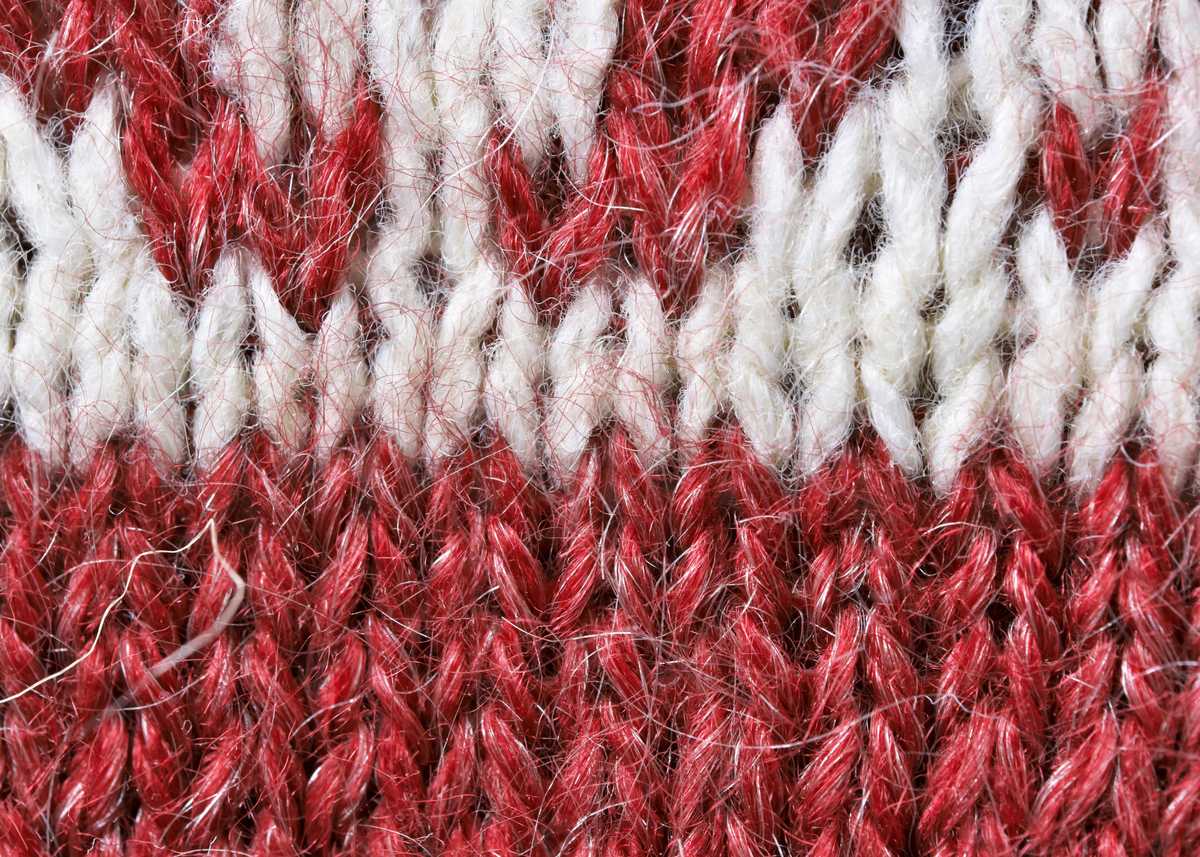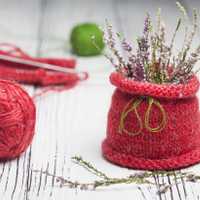The Importance of Microns and Wet Felting
the importance of microns and wet felting
The Importance of Microns and Wet Felting
By Fay Warren
The Importance of Microns and Wet Felting
By Fay Warren
Wet felting is an enjoyable and exciting hobby. In less than 30 minutes you can turn a hand carded batt into a beautiful hat, scarf, bag or pair of gloves. However, one thing beginners may not be aware of is that not all wool is created equal. You have probably seen the term "microns" floating around when talking about wool, and any experienced wet felter knows that the key to creating a beautiful felted masterpiece is influenced greatly by the microns of the wool you use.
So just what are microns and why are they important for wet felting? A micron refers to the diameter of wool fibre. You will find that microns are used to measure not only wool but also alpaca fleece, so everything you learn today is applicable to wet felting both wool and alpaca fleece. So, a micron measures the width of a fibre from one side to the other, but what does this mean for a wet felter? A lower micron indicates the fibre is much finer. This means the wool is much softer and nicer to touch. A higher micron fibre is coarser and may feel a little rough when touched. So what does this all mean for a wet felting and why is it so important to keep in mind when creating felted products?
When it comes to wet felting, while it is true you can use almost any micron wool to felt with, you will find that wool with a higher micron or coarser feeling is restricted to things like bags or other items that do not come in constant contact with the skin. Finer or lower micron wool is softer to touch, and as a result it can be used to create a much wider range of felted products that come in contact with the skin. Can you imagine creating a beautiful scarf only to put it on and discover that it felt rough or a little itchy? How about creating a felted hat only to find out that it felt uncomfortable when wearing it? That is the difference between a low and high micron wool. A lower micron wool can be used to create a much wider range of finished felted products because it feels great and is nice to touch. When you are wet felting it is best to use wool that is around 19.5 microns. I personally would not go much higher or lower than this. Too low and the fibre is easily damaged because it is too fine. Anything over 23 microns is too high and just does not feel very nice.
Microns measure the fineness of wool. I strongly recommend anyone who is just starting out with wet felting stick to 19.5 micron wool. You will find that not only does it feel great when touched, but it can also be used to create just about everything you could ever imagine. It is perfect for items that come in constant contact with the skin, like scarves and gloves, but is also durable enough to be used when creating bags. I personally believe 19.5 micron wool is perfect for all wet felting creations.
Would you like to know more about wet felting, hand carded batts or finished felted products? Visit http://www.BlueWrenStudio.net today for all your felting needs.
Article Source: http://EzineArticles.com/?expert=Fay_Warren
Wet felting is an enjoyable and exciting hobby. In less than 30 minutes you can turn a hand carded batt into a beautiful hat, scarf, bag or pair of gloves. However, one thing beginners may not be aware of is that not all wool is created equal. You have probably seen the term "microns" floating around when talking about wool, and any experienced wet felter knows that the key to creating a beautiful felted masterpiece is influenced greatly by the microns of the wool you use.
So just what are microns and why are they important for wet felting? A micron refers to the diameter of wool fibre. You will find that microns are used to measure not only wool but also alpaca fleece, so everything you learn today is applicable to wet felting both wool and alpaca fleece. So, a micron measures the width of a fibre from one side to the other, but what does this mean for a wet felter? A lower micron indicates the fibre is much finer. This means the wool is much softer and nicer to touch. A higher micron fibre is coarser and may feel a little rough when touched. So what does this all mean for a wet felting and why is it so important to keep in mind when creating felted products?
When it comes to wet felting, while it is true you can use almost any micron wool to felt with, you will find that wool with a higher micron or coarser feeling is restricted to things like bags or other items that do not come in constant contact with the skin. Finer or lower micron wool is softer to touch, and as a result it can be used to create a much wider range of felted products that come in contact with the skin. Can you imagine creating a beautiful scarf only to put it on and discover that it felt rough or a little itchy? How about creating a felted hat only to find out that it felt uncomfortable when wearing it? That is the difference between a low and high micron wool. A lower micron wool can be used to create a much wider range of finished felted products because it feels great and is nice to touch. When you are wet felting it is best to use wool that is around 19.5 microns. I personally would not go much higher or lower than this. Too low and the fibre is easily damaged because it is too fine. Anything over 23 microns is too high and just does not feel very nice.
Microns measure the fineness of wool. I strongly recommend anyone who is just starting out with wet felting stick to 19.5 micron wool. You will find that not only does it feel great when touched, but it can also be used to create just about everything you could ever imagine. It is perfect for items that come in constant contact with the skin, like scarves and gloves, but is also durable enough to be used when creating bags. I personally believe 19.5 micron wool is perfect for all wet felting creations.
Would you like to know more about wet felting, hand carded batts or finished felted products? Visit http://www.BlueWrenStudio.net today for all your felting needs.
Article Source: http://EzineArticles.com/?expert=Fay_Warren




